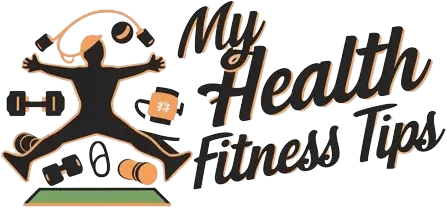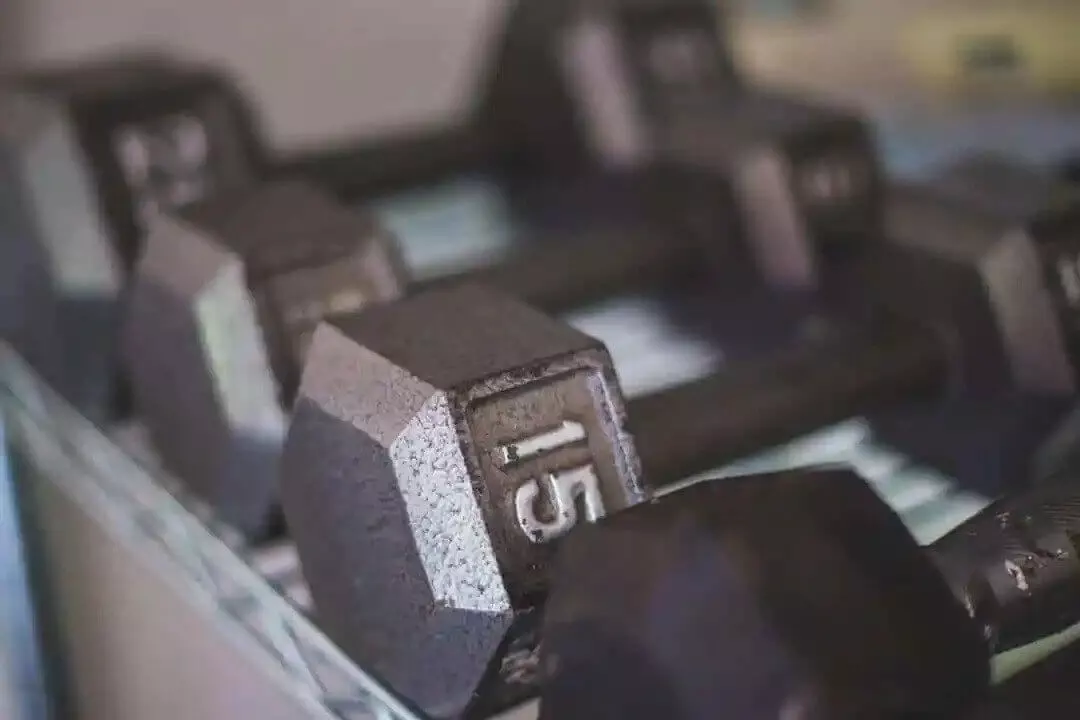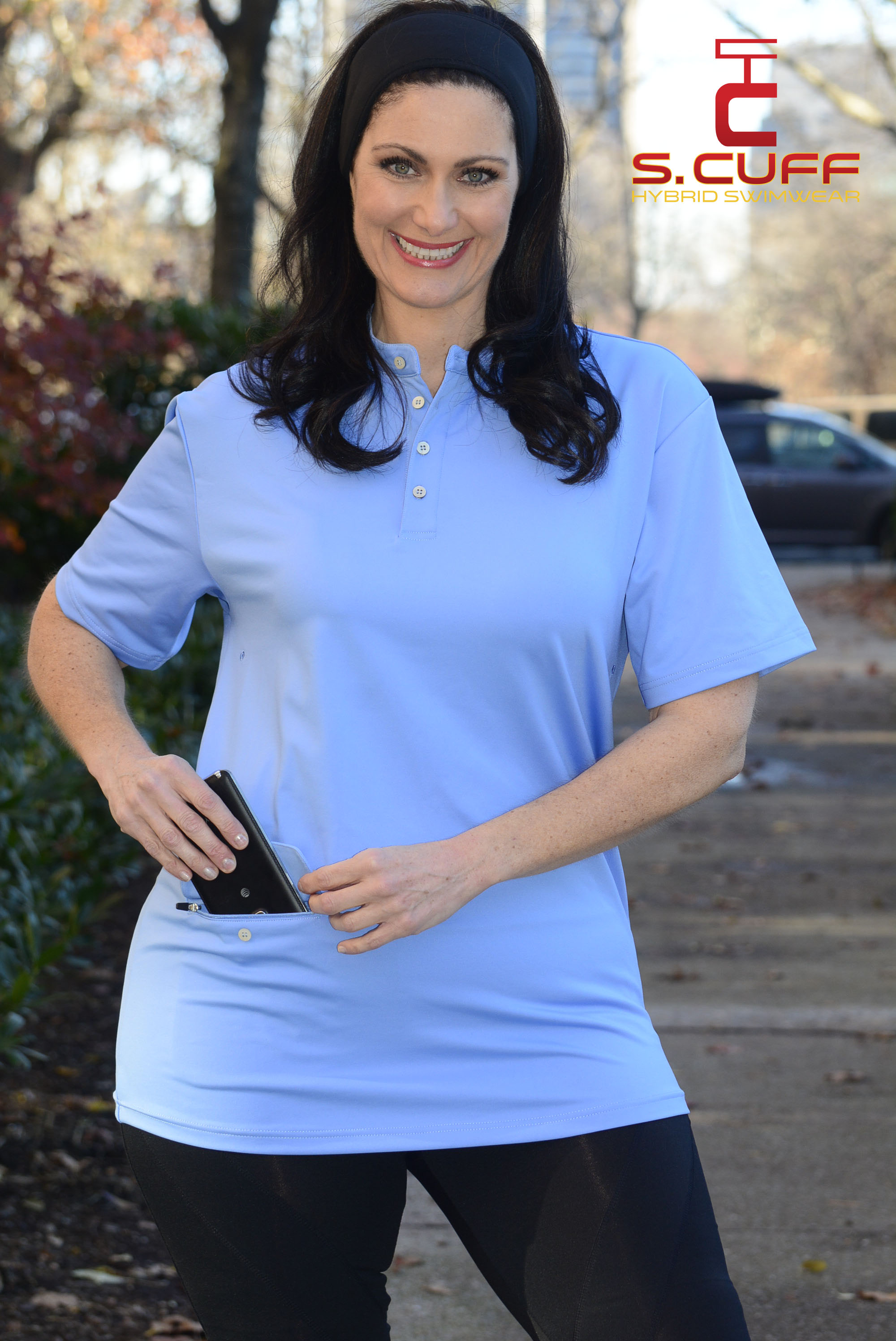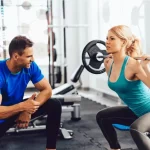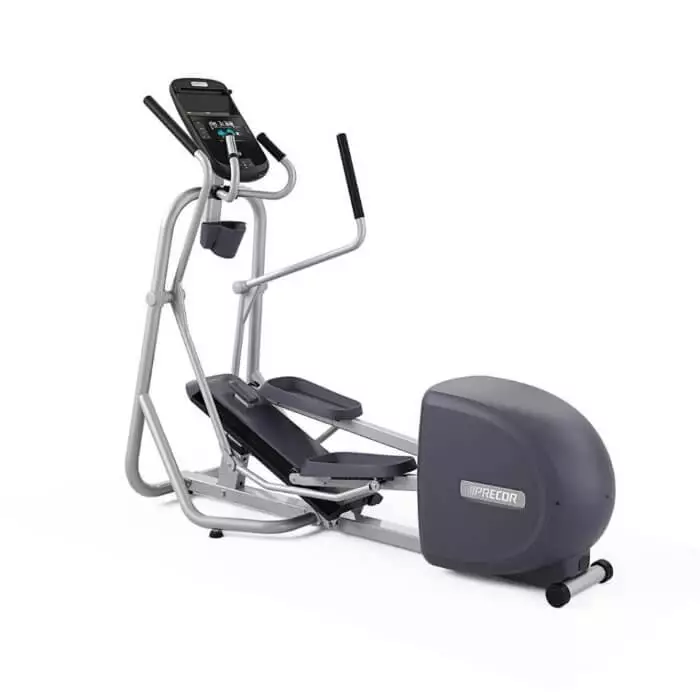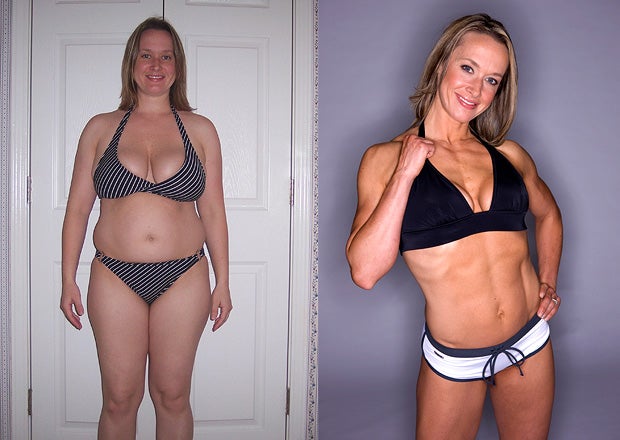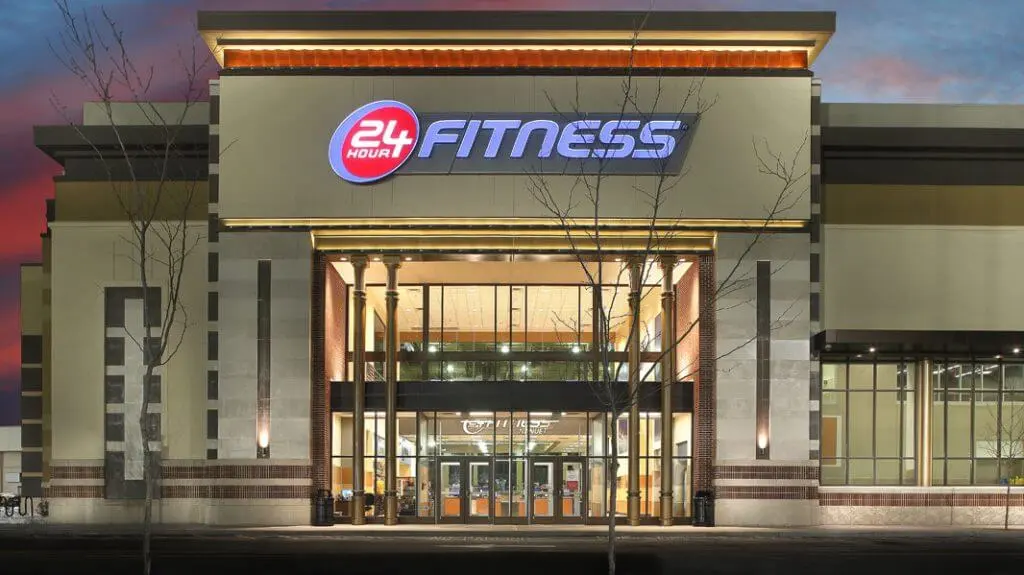Are you or an elderly loved one experiencing upper back and shoulder pain? If you are, this blog may help. Upper back pain is never fun. Simple everyday things like sitting down, standing up, picking up objects, brushing your teeth and walking become difficult and discomforting. It’s valuable to know the possible causes of such pain and what to do to minimize it.
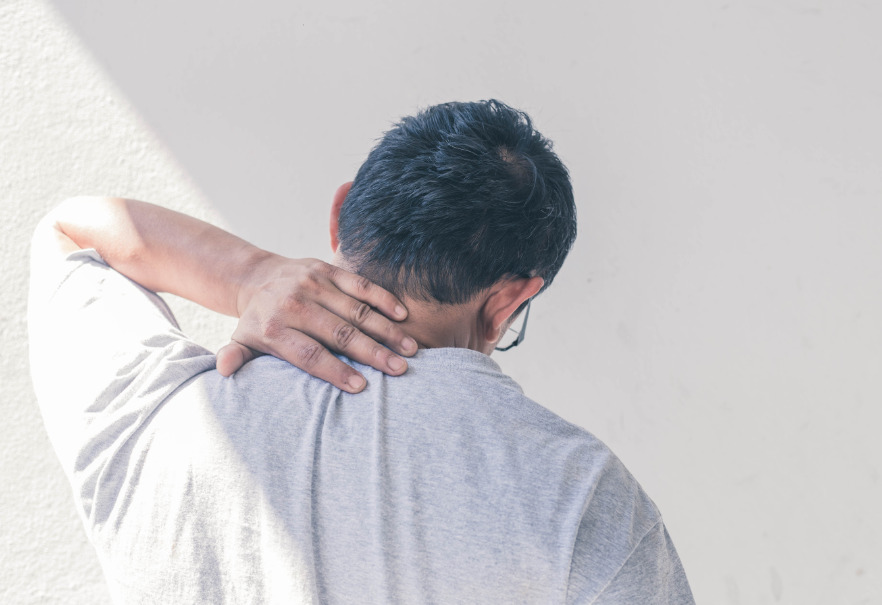
So, what causes this kid of aching? Your rotator cuff, which is a part of your shoulder, may cause multiple problems. Made of tendons and muscles, this part of the body protects your upper arm bone in your shoulder’s socket. Seniors may have tears in their rotator cuff, rotator cuff tendinitis or impingement, arthritis, and frozen shoulder. Tears and tendinitis can occur with the wear of life over an extended period. One way to help you determine if the pain might be a rotator cuff injury is by raising your arm sideways. If pain accompanies your arm when you lift it, then it is a smart idea to have your doctor inspect it further.
In some cases, more severe injuries may require surgical solutions that are usually followed by some form of physical therapy. In other cases, doctors recommend targeted exercises and physical therapy along with inflammatory medications. As you meet with the physical therapist, they will most likely give you exercises to complete at home as well. Prior to every exercise, elders should do a warmup and stretch. A warmup consists of a simple walk for 5 to 10 minutes. After that, you can move on to stretching. Two stretch exercises that are helpful are pendulum and arm crossover.
If your pain is moderate and you want to prevent further difficulties, experts also recommend resting for short periods of time, over-the-counter medications, alternating heating pads and ice packs, practicing good posture, finding ways to reduce stress and exercise. Focus on exercises that stretch and strengthen the muscles in your back, shoulders, and stomach. This routine can help improve your posture and decrease your chance of injury. Staying active ensures that you’re not stiffened by a sedentary lifestyle. It’s always beneficial and fun to exercise.
Unfortunately, aches and pains are a part of growing older. This is especially true of back pain in elderly individuals, but you don’t have to simply suffer. See your doctor so the exact issue can be determined, and then follow the care treatment plan and exercises that are prescribed. Seek a family member or home care service like Griswold Home Care Orlando to help you keep up with surgery recovery, medications and physical therapy exercises. They are trained for this type of care so you can heal in the comfort of your own home. You’ll find that you’ll feel better and be able to get back to your normal activities sooner rather than later.
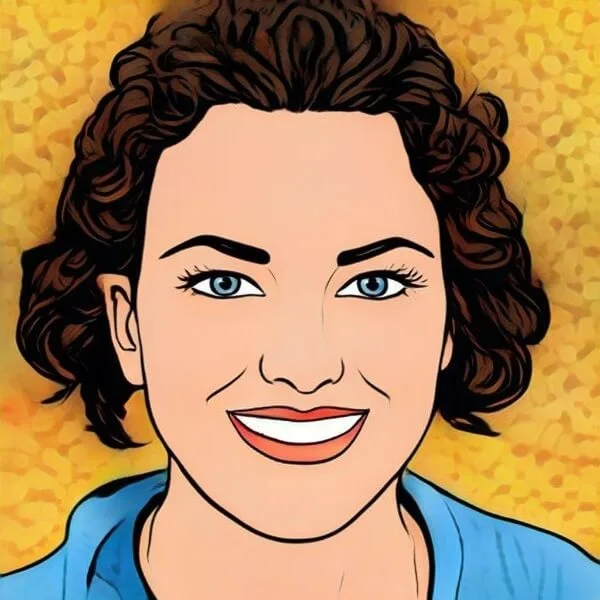
Alina Smith is a health blog author with an interest in the intersection of wellness and mental health. She’s worked as a writer, editor, and communications specialist for various healthcare organizations. Alina has also led projects to improve access to care for underserved populations in both rural and urban settings.
